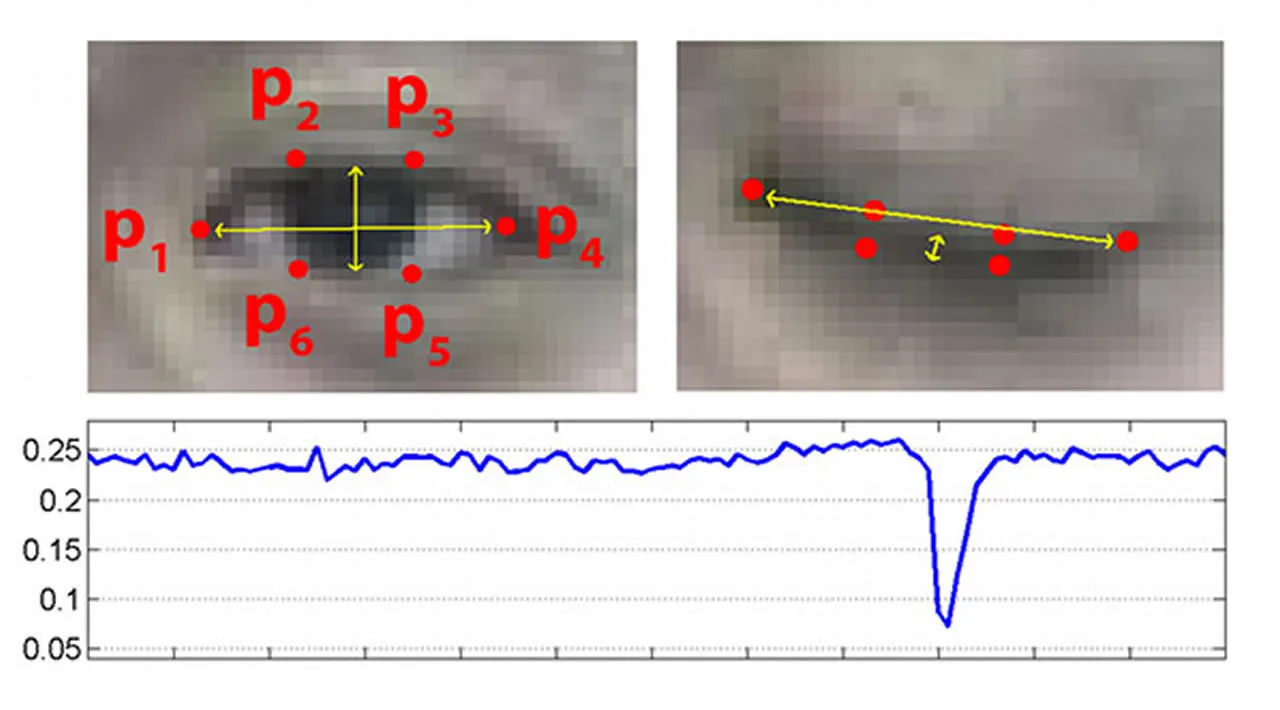Open-source machine learning platform TensorFTlow has announced that it would be adding iris tracking to its face mesh package. The iris tracking has been added to this package through the TensorFlow.js face landmark detection model.
It must be noted that the face mesh package was introduced in TensorFlow.js earlier this year in March. This package uses a single camera to derive approximate 3D facial surface geometry from an image or a video stream, without even a depth sensor. It was introduced with an ability to locate eyes, nose, lips (along with lip contours), and facial silhouette. With the addition of iris tracking now, it would be possible to detect eye movements, including blinking. It is implemented through the MediaPipe iris model, which is again an open-source ML model, with no requirement for additional hardware.
Iris Landmark Tracking
Iris tracking, especially on mobile devices, is a challenging task to perform. There are several hurdles to overcome, such as constrained computing resources, presence or occlusion such as hair strands or squinting of eyes, and even variable light conditions available. Most often, separate hardware is deployed for this function. This hardware includes expensive headsets and remote eye-tracking systems. Its high cost is not the only problem of deploying hardware; given how bulky they are, it becomes for usage with mobile devices unfeasible.
#face mesh package #tensorflow #tensorflow face landmarks model
